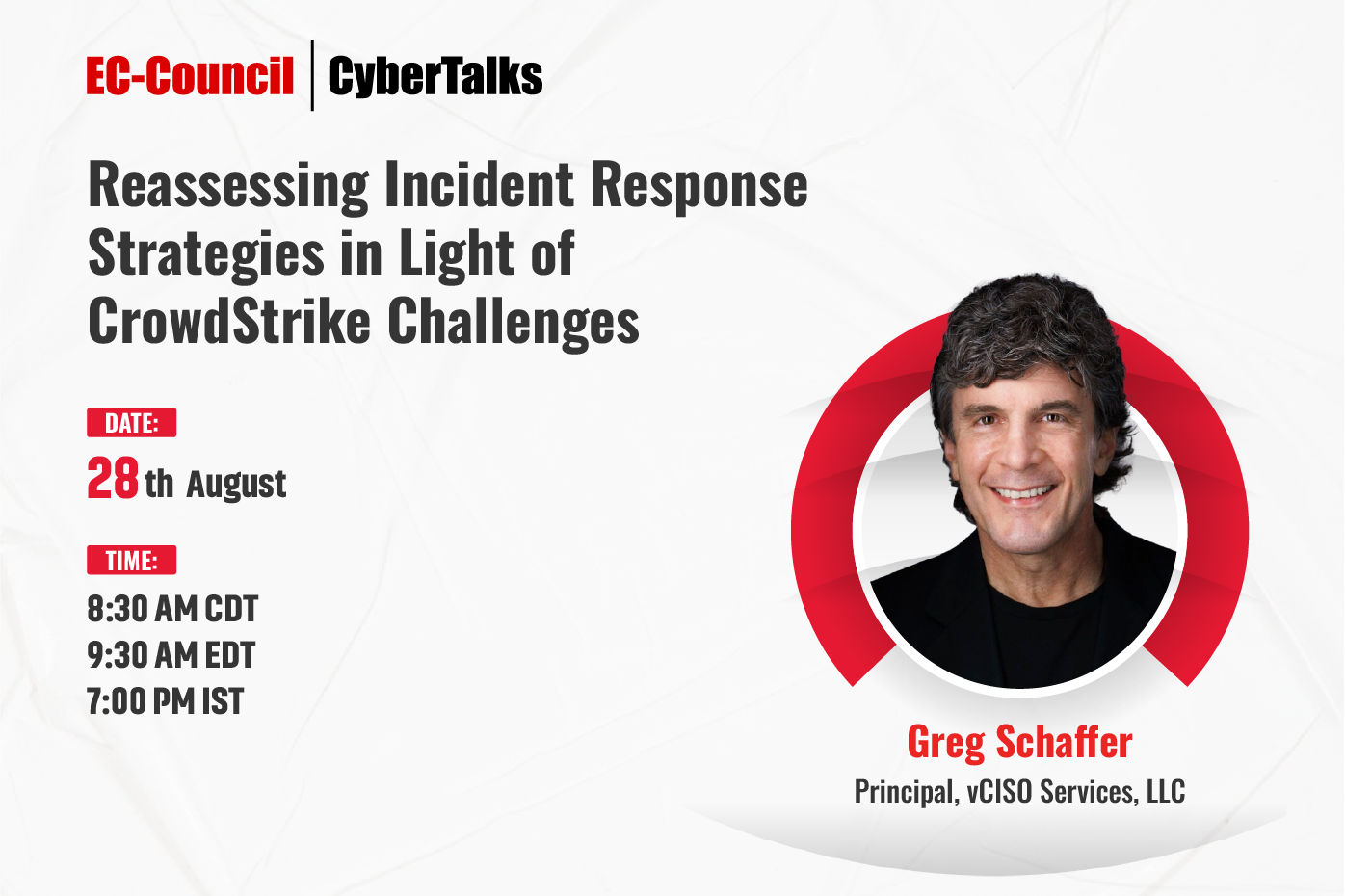2021 was a brutal year in many ways, and cyberattacks and data breaches were no exception. By October, more data breaches had occurred in 2021 than in all of 2020 (Brooks, 2021). The price of these attacks is also rising: Ransomware is expected to cost businesses a massive $265 billion by 2031, more than 10 times the predicted $20 billion in 2021 (Cybersecurity Ventures, 2021).
The good news? More and more companies are becoming aware of the importance of having robust and active cybersecurity policies. The size of a business is irrelevant to its vulnerability—all businesses need to secure their computer networks. Organizations like EC-Council (2020) are providing hundreds of thousands of dollars in scholarships for cybersecurity training in response to this growing need.
Businesses aren’t helpless. There are a variety of strategies organizations can use to secure their networks—for example, increasing awareness, providing training on the importance of cybersecurity, and using penetration testing to identify and eliminate technological vulnerabilities.
However, despite an organization’s best efforts, cybertheft and other cybercrime can still occur. In such instances, businesses may rely on digital forensic analysts to identify the source of a breach and make recommendations to prevent future security incidents. If you’re interested in preventing unethical hacking and cybercrime, becoming a digital forensic analyst might be the perfect job for you.
What Does a Digital Forensic Analyst Do?
Digital forensic analysts work on cybercrime investigations and are often hired in the aftermath of a hack, data breach, or theft of a digital storage device. The job of a digital forensic analyst is multifaceted and encompasses a variety of responsibilities, including:
-
- Recovering breached, modified, or destroyed data
- Recording and cataloging evidence related to computer hacks
- Securing digital storage devices
- Determining how a hacker gained access to a network
Making recommendations on how to better secure a network in the future and thus prevent future attacks from occurring.
What Are the Career Prospects for
Digital Forensic Analysts?
Digital forensic analysts are in increasingly high demand due to the rise of cybercrime and, consequently, the growing need for certified forensic examiners. According to one estimate, the global digital forensics market is expected to achieve a compound annual growth rate of at least 13% between 2020 and 2027 (Research and Markets, 2021). Any business, whether big or small, may one day need the services of a highly trained digital forensic analyst.
This is good news for individuals looking to pursue a career in digital forensics. Salaries in this field are also anticipated to show significant growth (Mordor Intelligence, 2022). The average annual salary for a digital forensic analyst in the United States is $78,746, with the top 10% of analysts making more than $95,000 (Salary.com, 2022).
How Do I Become a Digital Forensic Analyst?
An undergraduate degree is usually required to pursue a career in digital forensics. A degree in cybersecurity or computer science is typically preferred. These degrees provide the necessary background to succeed in the workplace. Generally, digital forensic analysts will also need to pursue certifications and continuing education, as the fields of computer hacking and digital forensics are constantly evolving.
EC-Council offers a robust certification program for aspiring digital forensic analysts: the Certified Hacking Forensic Investigator (C|HFI). The C|HFI’s lab-focused, vendor-neutral curriculum contains 16 modules covering a broad range of subjects, including database forensics, dark web forensics, cloud forensics, and data acquisition.
There is no question that cybercrime is rising (Legg, 2021), and the need for trained cybersecurity professionals is exploding. If you’re interested in pursuing a career in digital forensics, becoming a digital forensic analyst may be the perfect choice for you.
References
Brooks, C. (2021, October 24). More alarming cybersecurity stats for 2021. Forbes. https://www.forbes.com/sites/chuckbrooks/2021/10/24/more-alarming-cybersecurity-stats-for-2021-/
Cybersecurity Ventures. (2021, June 4). Global ransomware damage costs to exceed $265 billion by 2031 [Press release]. https://www.einnews.com/pr_news/542950077/global-ransomware-damage-costs-to-exceed-265-billion-by-2031
EC-Council. (2020, July 6). EC-Council awards $825,000 to ethical hackers due to overwhelming demand for its scholarship [Press release]. https://www.eccouncil.org/ec-councils-awards-825000-to-ethical-hackers-due-to-overwhelming-demand-for-its-scholarship/
Legg, J. (2021, July 19). Pushing back against the rising tide of cybercrime. Forbes. https://www.forbes.com/sites/forbesbusinesscouncil/2021/07/19/pushing-back-against-the-rising-tide-of-cybercrime/
Mordor Intelligence. (2022). Digital forensics market – growth, trends, COVID-19 impact, and forecasts. https://www.mordorintelligence.com/industry-reports/digital-forensics-market
Research and Markets. (2021, June 14). The worldwide digital forensics industry is expected to grow at a CAGR of 13% between 2020 to 2027 [Press release]. https://www.globenewswire.com/news-release/2021/06/14/2246293/28124/en/The-Worldwide-Digital-Forensics-Industry-is-Expected-to-Grow-at-a-CAGR-of-13-Between-2020-to-2027.html
Salary.com. (2022). Digital forensic investigator salary in the United States. https://www.salary.com/research/salary/posting/digital-forensic-investigator-salary/










